Returning for its 53rd year, the annual Consumer Electronics Show took place in Las Vegas, US this week — and with it, new launches from digital, tech and product sectors from over 4,500 tech companies.
While some of these announcements are more attention-grabbing than others — a cat robot waiter that mews when your food is ready — many point to ongoing tech trends such as electric cars and data collection. But the most attention-grabbing launch was larger than any consumer product: Toyota’s plans for a next-gen, fully digital and sustainable city at the base of Mount Fuji.
We explore the key trends from this year’s show.
A city of the future
Car manufacturer Toyota revealed its plans to build a prototype city at the base of Japan’s Mount Fuji. The Woven City is a 175-acre site will be a “fully connected ecosystem” which is powered by hydrogen fuel cells. Development is planned for 2021.

Toyota’s president, Akio Toyoda told CES: “Building a complete city from the ground up, even on a small scale like this, is a unique opportunity to develop future technologies, including a digital operating system for the infrastructure.”
What might this infrastructure consist of? Toyota points to a communication system based on data, sensors and “connected AI technology” which would exist in both the virtual and physical realm. Architect Bjarke Ingels has been commissioned to design Woven City and the emphasis is on sustainability — roofs will be covered in solar panels and only zero emission vehicles will be allowed on the streets.
“Hey Google, delete everything I said this week”
For 27 years, a notable absentee from CES has been Apple — the tech company prefers to announce its new products at its own press conferences. But this year Jane Horvath, Apple’s senior director of global privacy, participated in a session on consumers’ privacy. Horvath defended Apple’s encryption of data — last week, the FBI asked Apple to unlock iPhones believed to have been used by the perpetrators of a mass shooting in Florida.
Privacy was a ubiquitous trend among other tech giants at the show — though the announcements could be seen as a delayed response to past (and ongoing) criticism. Google announced that it was aiming to simplify privacy settings on its devices voice-automated device, Google Home, following last year’s news that over 1,000 voice recordings were leaked to a news organization. Users will be able to say, “Hey Google, delete everything I said this week.”
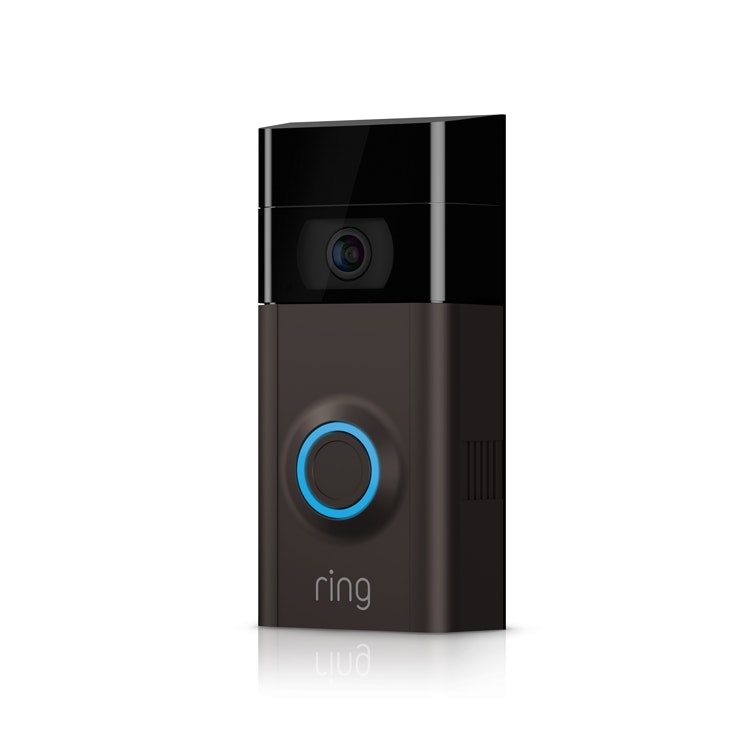
Facebook also revealed updates to its privacy settings; last year the company was fined around £3.8bn for privacy violation. And Amazon’s home security and video doorbell company, Ring, announced an update to its settings so that users could opt out of requests from local police for video. Ring has been criticised by multiple civil rights organisations for its partnership with law enforcement bodies.
Sex tech
The keynote speaker at this year’s show was Ivanka Trump, who spoke about tech’s role in creating jobs. The choice to invite the US president’s daughter to speak invoked scorn from those who criticised her “extreme privilege” and lack of qualifications, though it may have been an effort by organisers to address criticism about the lack of female representation at CES. In 2017 and 2018 the keynote line-up featured no women at all.
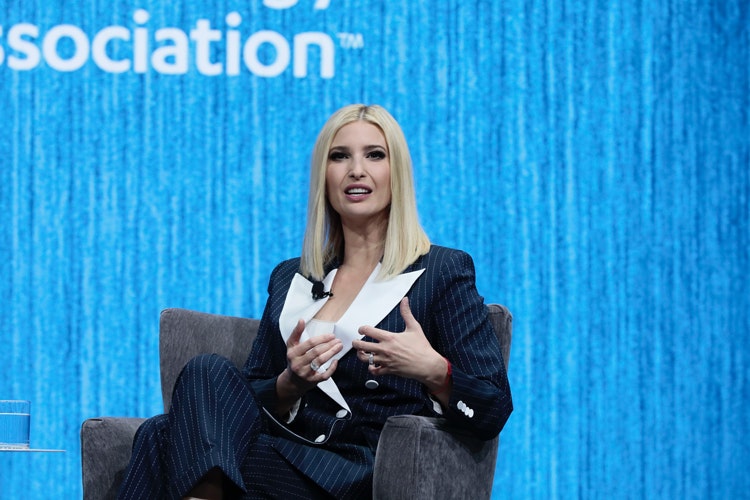
It follows last year’s controversy where CES revoked an innovation award given to a sex device company by a female founder, Lora DiCarlo’s self-titled company (it later reinstated the award). This raised issues about the position of women in tech and how “sex tech” is viewed by the industry.
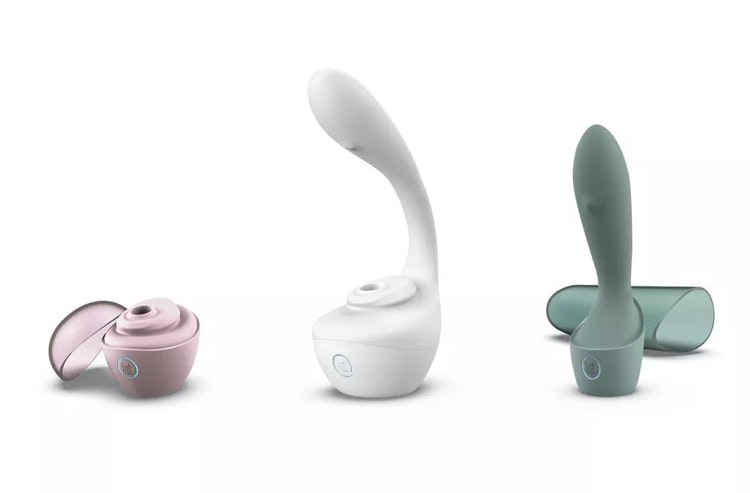
This year, CES is trialling a space for sex tech, ranging from app-controlled sex toys (like OhMiBod’s Bluetooth ring which convers music into vibrations) and robotic massagers (DiCarlo’s model, Ose).
Sex tech is field familiar with innovation; British sex toy retailer Lovehoney launched a competition last year to “design a sex toy which we will be using in 10 years’ time”. It is also a profitable sector; Lovehoney says that previous winners of the competition have earned hundreds of thousands from their designs.
The entertainment and automobile worlds collide
CES is not a traditionally videogame-centred event; gaming announcements are more often made at E3 in Los Angeles in June. But Sony unveiled the logo for its latest console, Play Station5, which doesn’t look too dissimilar from the previous two consoles’ logos. There were a few new details — it will support 8K graphics and have more realistic graphic rendering — but no actual images.
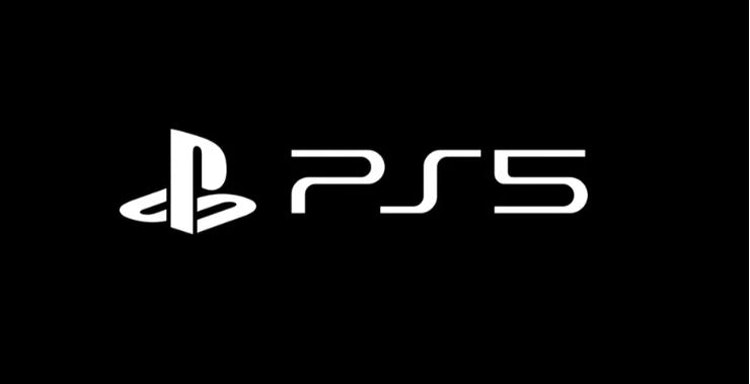
Instead Sony’s biggest announcement was of an autonomous electric vehicle. The Vision-S is the first automobile concept from the company, mostly known for its gaming consoles and TVs. While it’s only a concept, a prototype was revealed at the festival, with a wraparound dashboard that showed off the company’s entertainment assets, from music to film and video games. The car has 33 sensors inside and out to monitor its surroundings.
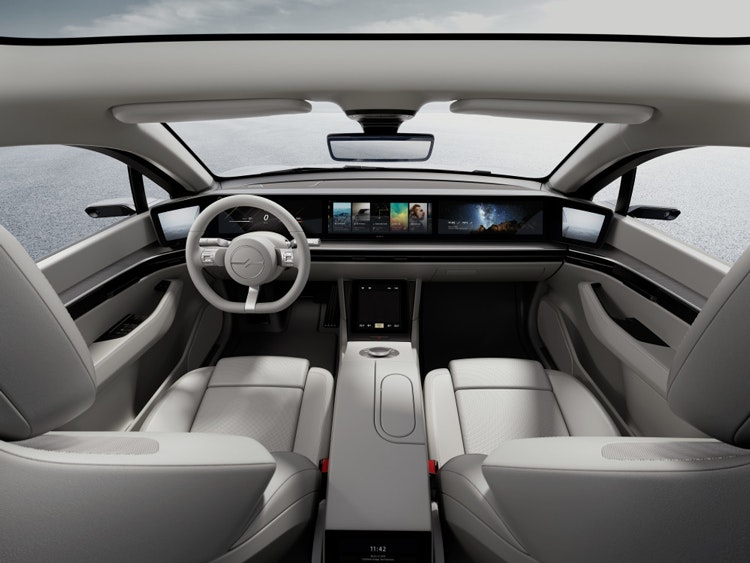
Sony was not the only automobile announcement at the show. Mercedes-Benz unveiled a car inspired by the 2007 sci-fi film Avatar. The Vision AVTR car concept is a sustainable-focused model, co-designed by Avatar director James Cameron. It has 33 bionic “flaps” on the car’s back, which resemble scales and convey details about the surroundings to drivers.

Voice-assisted vehicles
One of the most sought-over parts of car design is what’s happening on the inside. BMW and Fiat Chrysler vehicles will feature “seatback screens” that run on Amazon Fire, it was announced at CES. Amazon’s voice assistant Alexa will also be featured in a range of luxury vehicles, from Lamborghini to electric vehicle start up Rivian.
It’s a move reflective of Amazon’s peers; both Google (Android Auto) and Apple (CarPlay) are making moves for car dashboards, tapping into the potential of keeping drivers entertained (and a whole new set of data about consumer habits).
Invisible keyboards, smart bins and cat waiters
CES was not short of gadgetry to fix everyday problems that users may not have realised were actually a problem to begin with. Samsung, for example, unveiled an “invisible” keyboard for mobile devices. SelfieType relies on the front-facing camera to project a keyboard so that users can type longer messages or emails or even type notes without having to use a smaller, on-screen keyboard.
https://www.youtube.com/watch?v=k9jqIfxwzq8
A modern solution to a more domestic issue comes in the form of Knectek Labs’ smart bins. The Townew model features self-sealing bins so that all you have to do is tap the front of the bin and a sealed bag comes out. There’s even a refill function that replaces bags automatically.
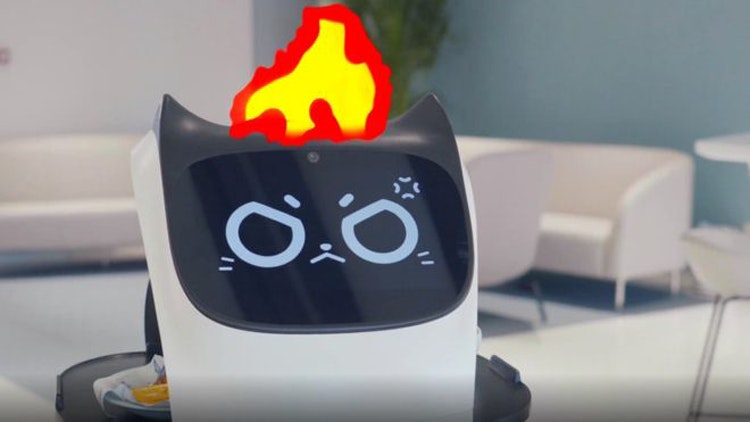
Perhaps the strangest announcement of all was from Chinese company PuduTech, which debuted its BellaBot at CES. The robot cat can deliver food — up to 10kg of it at a time — to hungry customers at restaurants. It mews when it arrives at a table and allows diners to stroke it between the ears. Though the emphasis is on service not cuteness: the cat becomes angry if it’s stroked for too long and kept from doing its job.

- Design disciplines in this article
- Industries in this article
- Brands in this article










One response to “CES 2020: companies scramble to integrate big ideas”
Sony got a lot of bad press from the gaming community about that PS5 logo reveal, but I think they missed the point.
Out of the gate the PlayStation 3 console didn’t do as well as hoped and this was partly due to fresh branding from Sony, for example using the ‘Spiderman’ movie font in place of the established branding. This was divisive with gamers and Sony later brought out a second model of PlayStation 3 that removed all Spiderman fonts and brought back familiar branding.
The subsequent PlyStation 4 console has done so well for many reasons but part of this has been the subtle brand familiarity with gamers. Sony put out the PS5 logo to quietly reassure gamers that the next console was still a safe, comfortable bet for their money and free time.